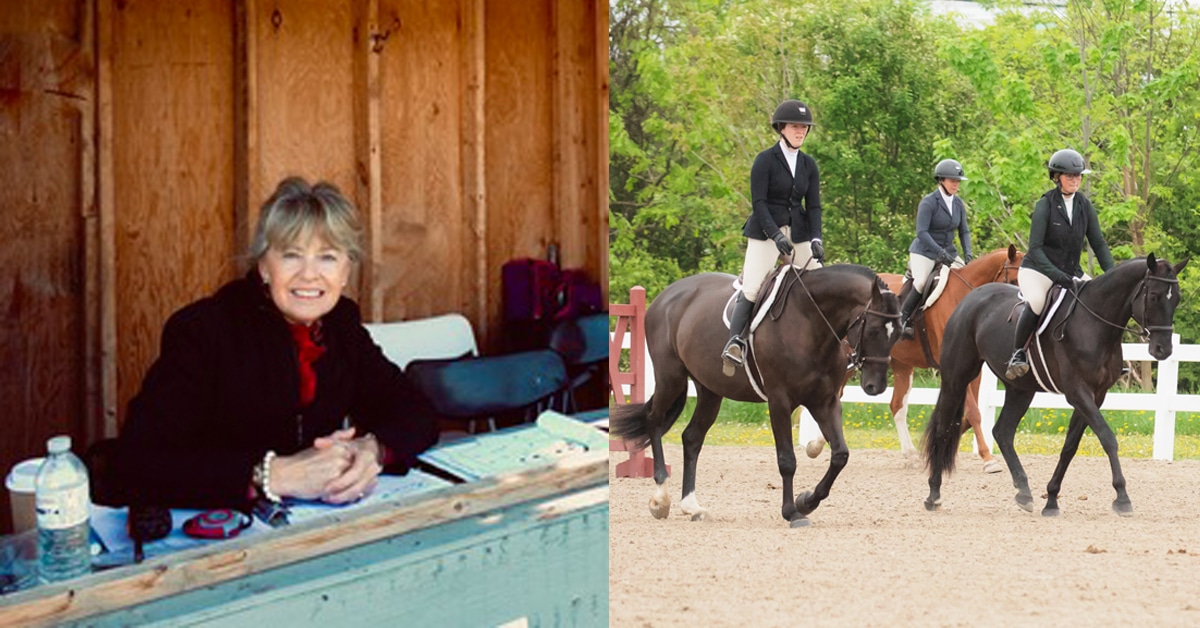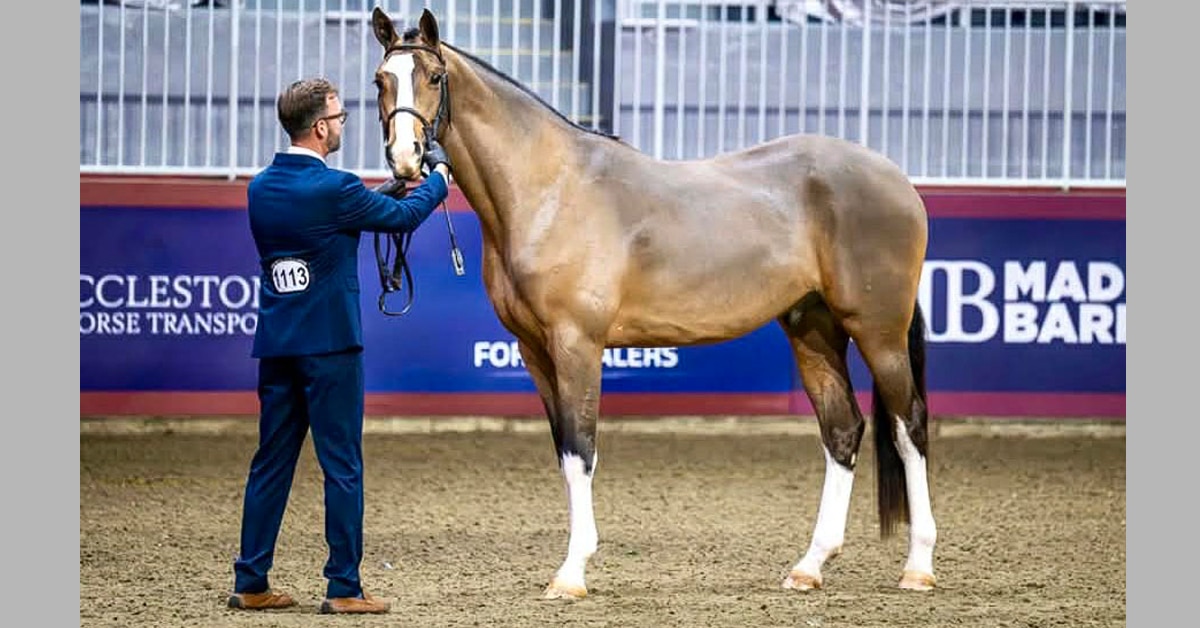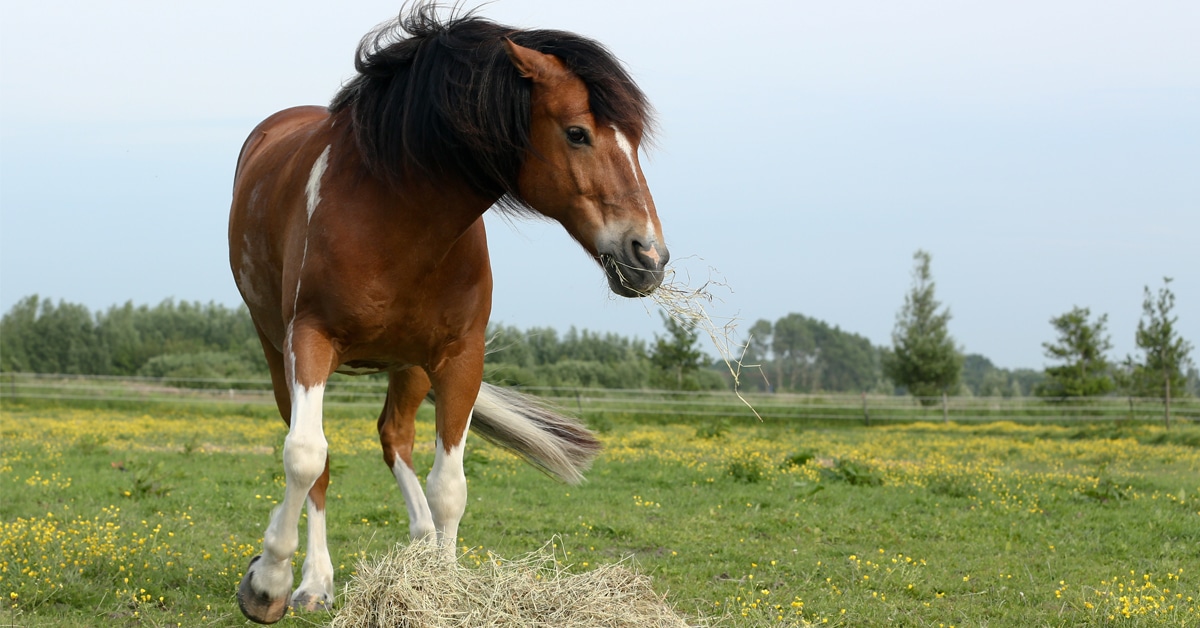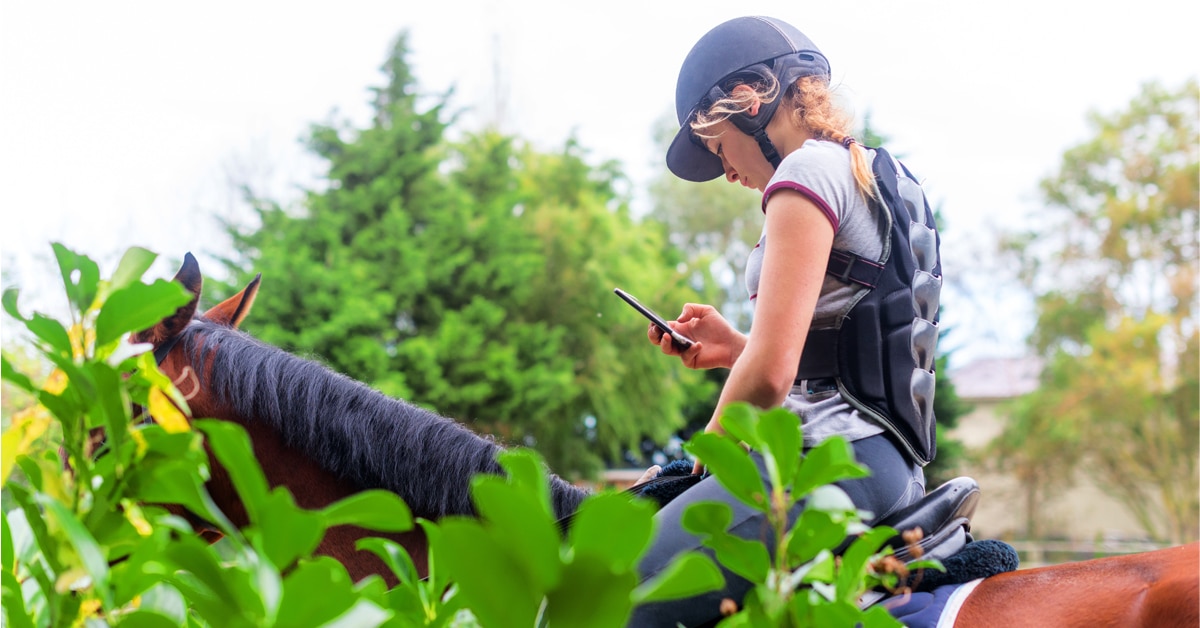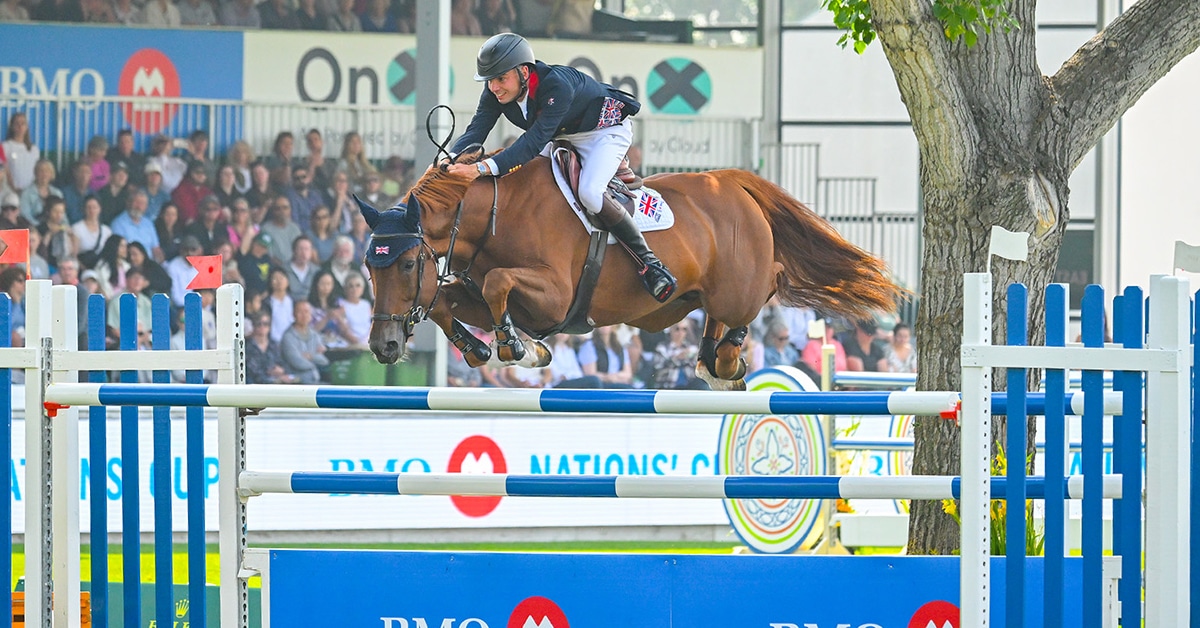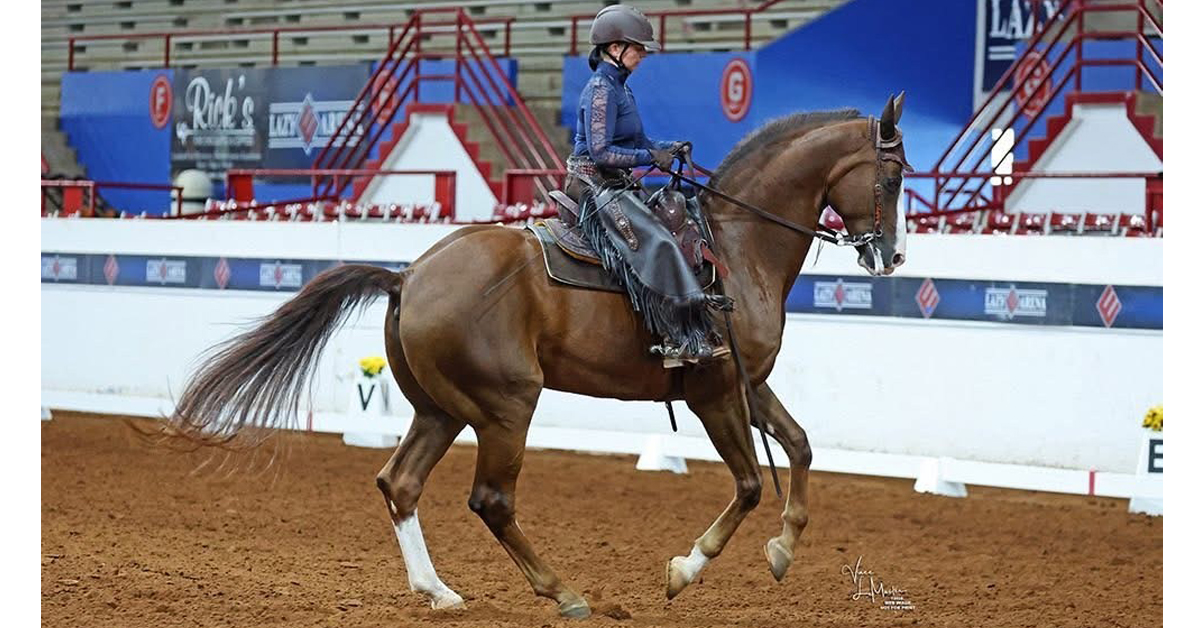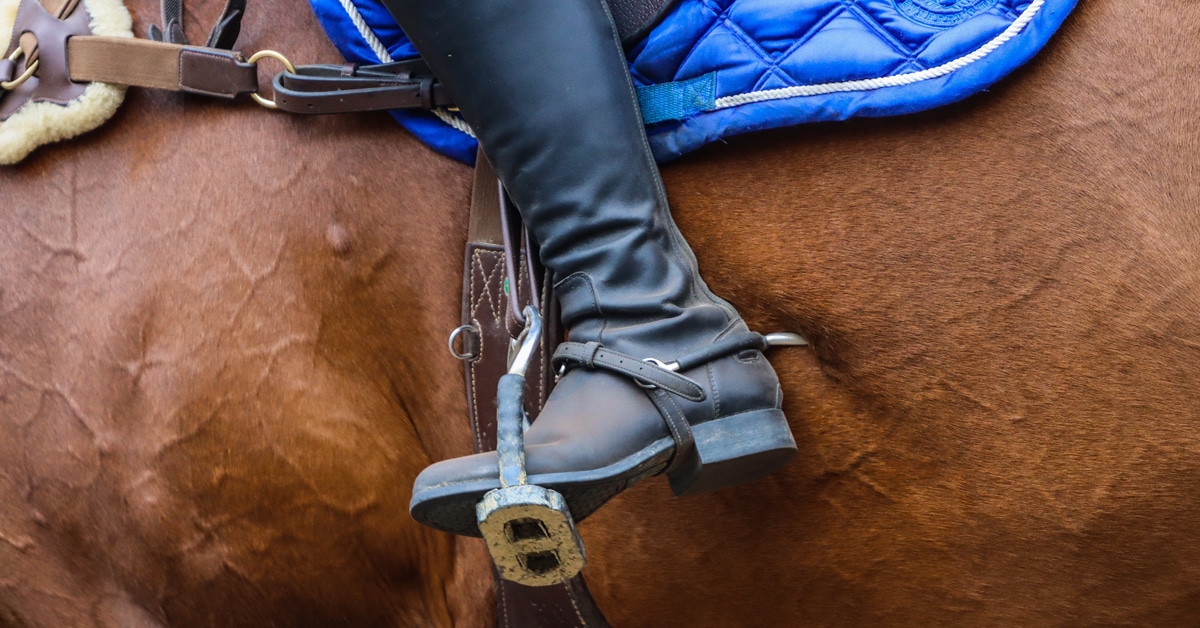It’s been a long time coming, but Equine Canada’s new coaching certification program is finally starting to take shape. Every category of coaching will be affected in all the sports that are part of the Coaching Association of Canada (CAC) National Coaching Certification Program (NCCP). The changes are the result of close to two decades of research, both at the CAC and within each sport. The new program will replace the Level 1 through 5 certification model which was first developed in the ’70s and has long been considered both problematic and outdated. Equestrian coaches at all levels will soon learn about how they will be affected and what they will need to do in order to make the transition from the old system to the new.
The change may be overdue, but it is not without potential problems. Coaching committees for each discipline have been involved in working on the transition, and there is concern among some individuals that the new program might cause already-certified coaches to drop out of the system. If becoming certified at the High Performance level is too expensive or onerous, there may be insufficient motivation for some of Canada’s top coaches – many of whom have no coaching certification at all – to get with the program, so to speak.
Anna Mees is a Senior Coaching Consultant at CAC. Equestrian is one of 13 sports with which she has been working to make the transition to the new NCCP program. She admits that with 67 sports, 13 provincial and territorial governments, as well as the federal government, making a fundamental change to NCCP has been complicated and lengthy. ‘All those partners need to agree in order to move forward, but in the early ’90s it became clear we needed to revisit NCCP.’ A massive review was conducted from 1993 to 1997. Various sports then began to conduct their own internal review process. ‘In 1999-2000, equestrian put together a multi-discipline task force,’ she says. The old vertical model that is familiar to Level 1, 2, 3 and 4 equestrian coaches was to be replaced with a competency-based model. Three types of sports have been identified: community sport, such as recreational hockey and softball; instruction sport, such as tennis, where people take instruction to learn a sport whether or not they plan to compete; and competition sport, where coaching is sought in order to compete. Equestrian fits into the system in two out of three streams: instruction and competition. Competition has been further divided into three groups: introduction, development and high performance – where the old Level 3 and 4 will be incorporated.
Mees says the equestrian high performance program is ‘ninety-five per cent there. Once it’s approved, the sport has to implement a transfer policy. They need to decide what qualifications to transfer. One challenge is that for most sports, the new program is more comprehensive than the old, which will necessitate an updating requirement.’
Heather Sansom is EC’s Manager of Coaching. She explains that while she can’t share the details of the program until it’s approved, there is an upward shift across the board. ‘The new HP certification is at a slightly higher level than the old Level 3, but this is also the case for the two other certifications. The Competition Coach certificate is a slightly higher level than the old Level 1. The transition plan for Level 1 coaches moves them directly across to Competition Coach. In view of the transition plan accepted for the first competitive coaching certificate, Competition Coach, and the draft plans we have in place for the other two levels, the only requirement for transfer to the new system expected is successful completion of the online Making Ethical Decisions (MED).’ The MED course, which is free, is required across all sports and levels in Canada. Sansom says that more detailed information will be shared once the program is approved.
Dressage Canada’s Coaching chair, Wendy Christoff, is among several people who have expressed concern that the new system may discourage some currently-certified Level 3 coaches from making the transition to HP1. She believes time is of the essence in finalizing the new program so that those coaches who already have Level 3 certification will stay interested in doing what’s needed to stay in the system. ‘During this transition phase from Coach 3 to HP1 we need to make sure existing coaches and candidates see value in being certified,’ she says. Christoff also points out the fact that there are a significant number of high performance trainers who have successful careers and businesses without having gone through the certification process.
Barbara Mitchell, who is on Jump Canada’s Athlete Development/Domestic Development Committee, is a former Level 3 examiner. She has recently agreed to provide input on the new HP1 program over the next year. She sees the same potential problems in jumping that Christoff has identified in dressage. ‘In the old program, I tried to get top trainers to come on board, but they didn’t need it. Then the program dropped out of sight. We had momentum with the Level 3, but they’ve waited too long. No one cares any more.’ Mitchell believes those coaches who already have their Level 3 should not be asked to do more to become HP1 coaches. ‘They have already earned it, and I don’t believe anyone who has their Level 3 is going to do one more thing.’
According to Lynne Larsen, who is one of a handful of Level 4 coaches and whose term as Eventing Coaching chair ended in October 2010, Level 3 certified coaches don’t really stand to lose anything. ‘Coaches will not lose their current level of certification; if you are a Level 3 Eventing coach, you will always be that. If you choose to enter into the HP1 coaching stream, a lot of the work you have done for your Level 3 can be applied to the new certification process.’
A five-year phase-in period will also give coaches a long time to make the transition. A significant advantage to the new NCCP program is that coaches entering the certification process for the first time will not have to start at the bottom and work their way up. Says Sansom: ‘In the old system, candidates progressed through the coaching levels. The NCCP allows a candidate to enter the system at their own level of competency. For example, an uncertified coach that has a solid international performance portfolio and who is successfully coaching international athletes may apply directly to the High Performance evaluation process, because they already work within the context and clearly demonstrate competency in that context.’
Mitchell and Christoff are both concerned about the environment in which HP1 candidates would be evaluated while coaching students in competition. ‘There is no way that I, as a professional making my living, would be willing to have someone follow me around with a clipboard, watching me at a competition,’ says Mitchell. ‘It’s not good from a customer point of view.’ Until the program is approved, the details of how candidates will be evaluated is not finalized, and it is not certain the evaluation on the field of play will ultimately be implemented.
Cost is another concern with a program that will require more extensive education and evaluation procedures for candidates, although Mees says efforts are being made to mitigate that factor. ‘The concept of trying to centralize, or having group training by bringing the disciplines together, is an attempt to bring the cost down. We are looking at offering training annually or biannually at the same time of year.’ Mees also says most provinces will have funding available to help coaches get access to the training they require.
Some sports, particularly higher-risk sports such as skiing, have legislation that forbids an uncertified coach from teaching in their sport. Equestrian has no such legislation, and that status is not likely to change. Larsen, who coaches in the highest risk of the equestrian disciplines, doesn’t believe legislating certification is practical, but that doesn’t mean she doesn’t think it’s a good idea. ‘If it were viable, I think it would be a good option. I would love to see it legislated that to coach at a recognized show a person must be certified, but I personally don’t think that it would ever get by the politics of some of the disciplines.’
Larsen believes that because of its high-risk nature, eventing has a high proportion of certified coaches. ‘I think the key to getting more coaches certified is to have an awareness with the public that they should be seeking certified coaches; thus, the market will drive the need for certification.’ Mitchell says a similar awareness campaign was already tried in her discipline. ‘We used to run an ad in Ontario that asked if you were taking lessons from a certified coach.’ Mitchell was asked on a number of occasions to be an expert witness at lawsuits involving people injured in riding lessons. Evidence of the campaign’s inefficacy came to Mitchell by way of the fact that in every one of the cases, the instructor in question was not certified.
Whether the new High Performance coaching certification program will solve all the challenges it faces is not a completely fair expectation. No system is perfect, and few would argue that the old system wasn’t outdated and in need of an overhaul. Mees, who is herself an amateur jumper who rides with a certified coach, believes that if the new program is good enough, it will sell itself to Canada’s coaches. ‘At the end of the day, the program needs to have value and that’s why you come. It’s going to take time, but I really think we are on the right track.’
Sansom believes the new system is necessary to keep pace with a sport that is constantly evolving. ‘The spirit of the multi-sport NCCP is to foster best-practice sharing between sports, and amongst peers within sports. Peer sharing and continuous improvement are very important to ongoing development. Horses do not change that much, but the sport is changing all the time.’ Larsen believes the program will produce ‘a truly viable coach, the real deal – someone who is truly coaching in the context with which they are certified.’
Whether the new system will lose Level 3 coaches along the way, or fail to entice successful high performance coaches to get certified, will be learned only after the long process of creating it comes to an end. The final litmus test will be with the coaches who make their daily living in Canada’s equestrian industry.
The Latest
